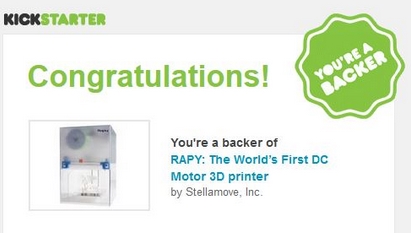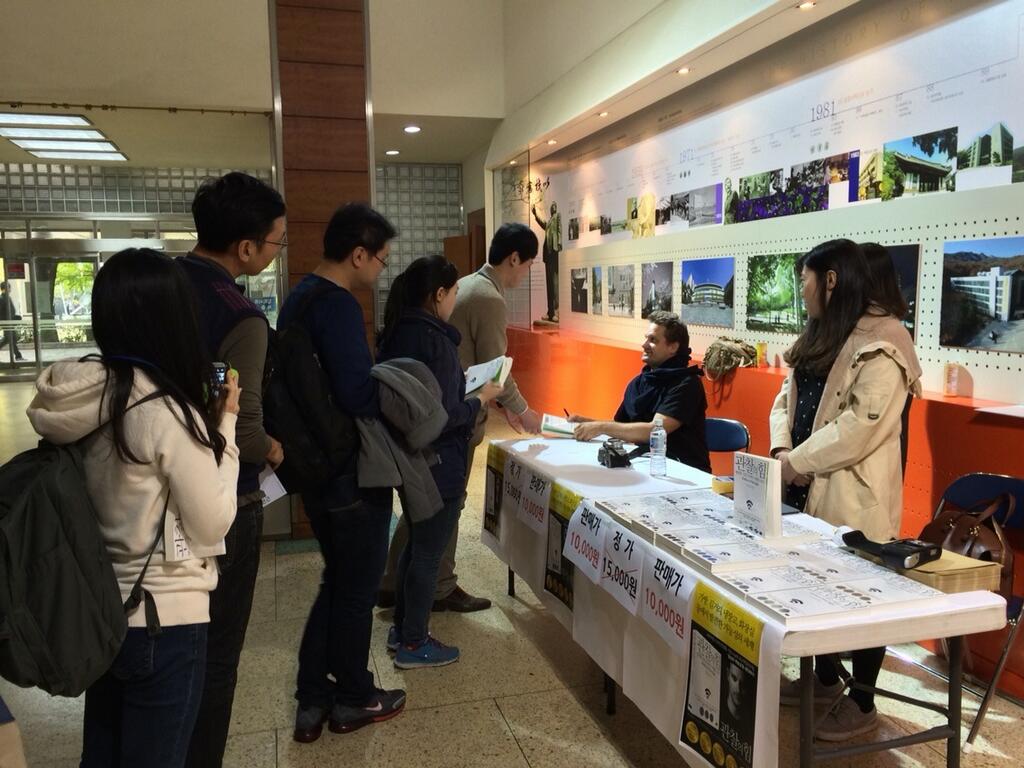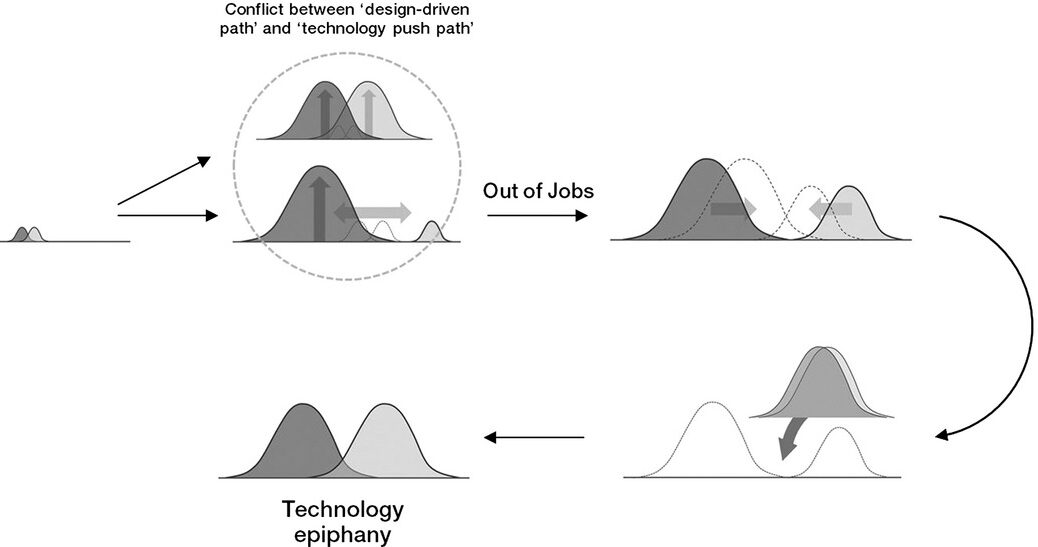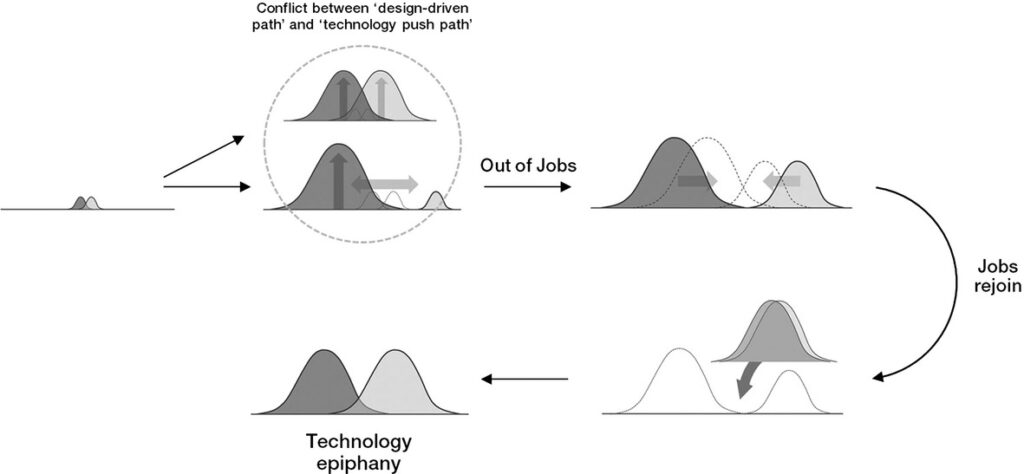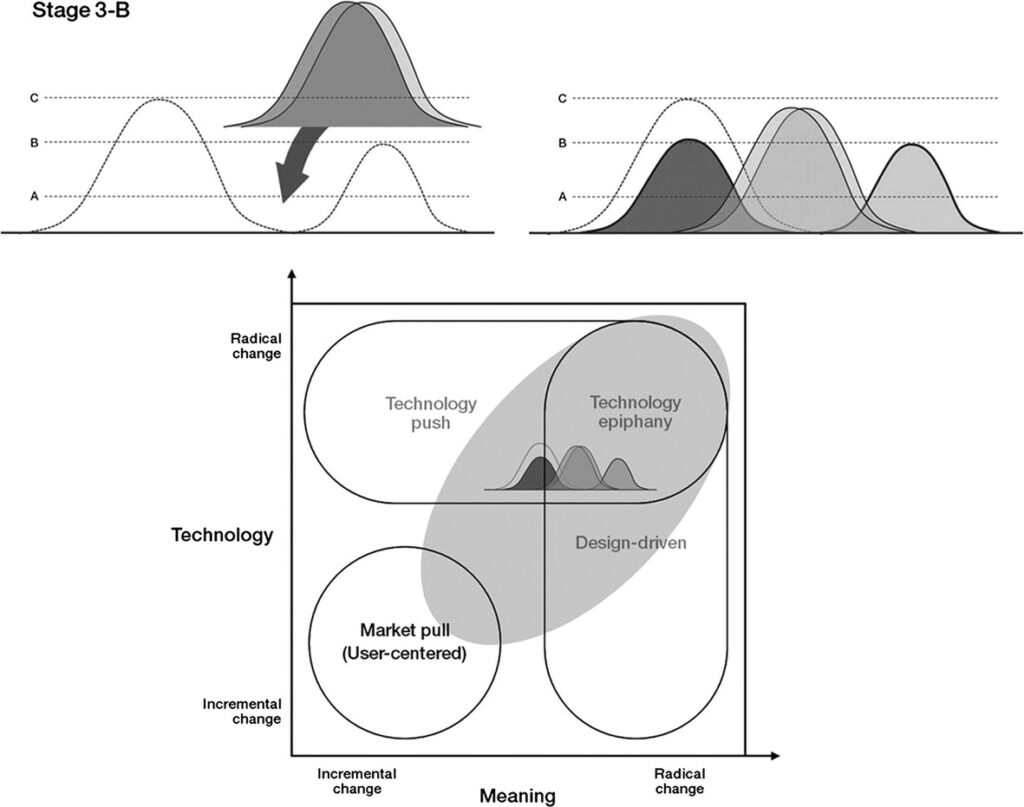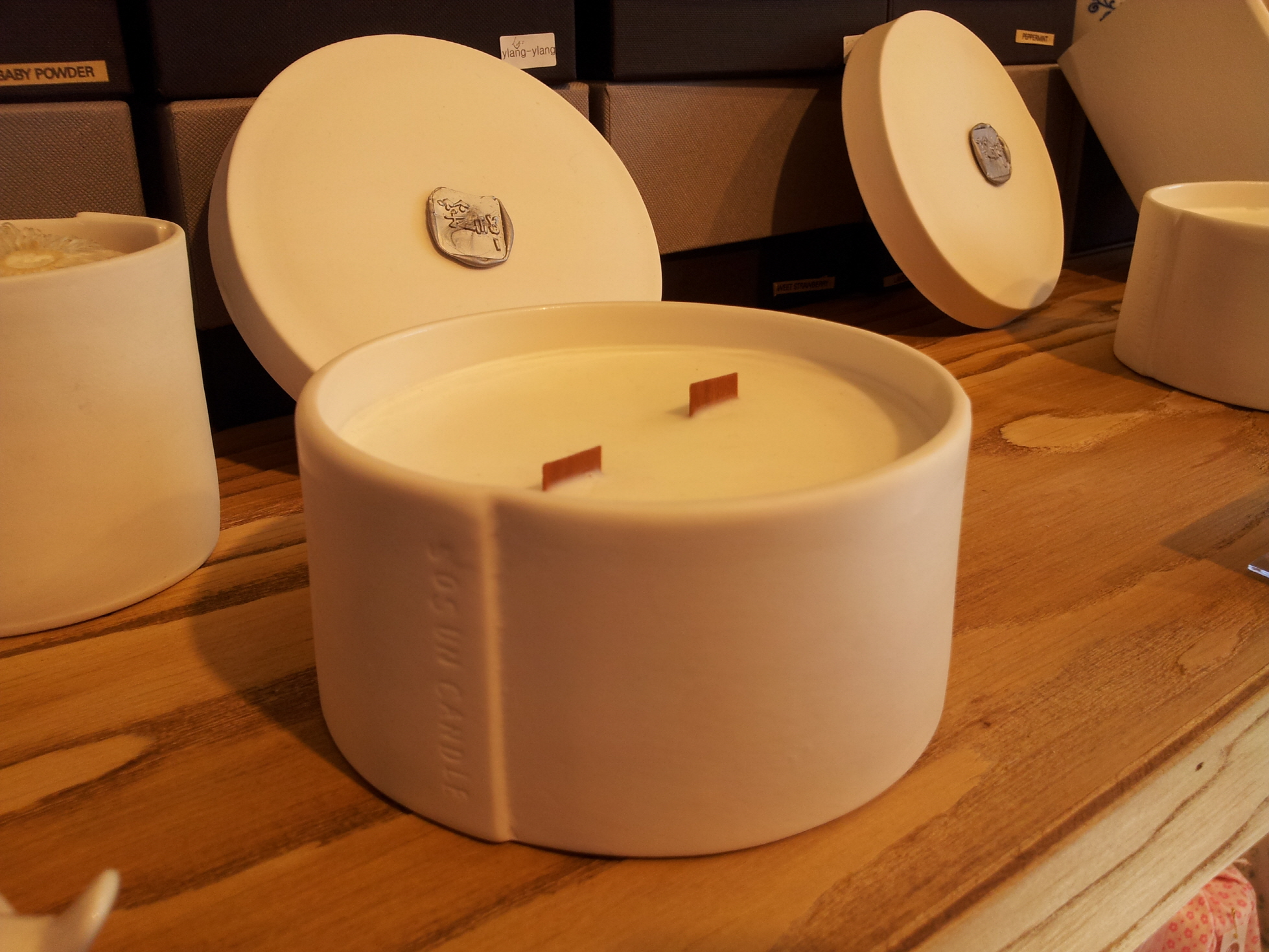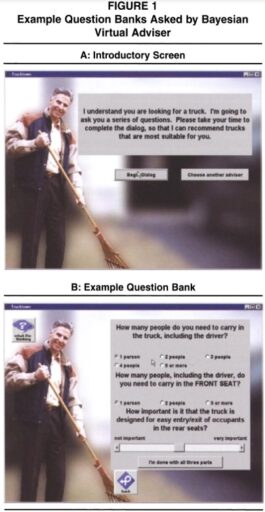 Everyone has dreams but only few pursue them. I love the anecdote of the inventors of the world’s first DC motor 3D printer, RAPY (Rapid Advanced Printing sYstem). I decide to support it at the Kickstarter. I learn how to use this machine now and hope to “play” with it soon. The following is what RAPY is about on the Kickstarter.
Everyone has dreams but only few pursue them. I love the anecdote of the inventors of the world’s first DC motor 3D printer, RAPY (Rapid Advanced Printing sYstem). I decide to support it at the Kickstarter. I learn how to use this machine now and hope to “play” with it soon. The following is what RAPY is about on the Kickstarter.
… The story goes back to twenty years ago.
In 1993, we were students in an engineering school and obsessed in robots. We organized a group of robot builders. We studied hard and enjoyed school life including group activities. After graduation we were all scattered in diverse areas and experienced how big industries run from products and service planning to launch and after service. After decades of practical experience in industries, we realized that we might build our own 3D printer by ourselves with expertise in control. Decades of industrial experience definitely helped a lot in designing, developing and planning for a production. Robots can be defined as a machine to perform pre-programmed activity and adjust its action in accordance with environmental change. By this sense, RAPY system is a robot. Now we are stepping our first foot in making robots. With our system we continue to push our limits to bring more sophisticated system within our lives.
With the help of position feedback control system, RAPY has an ability of disturbance rejection, which means it can resists against not only external shock but also internal mis-tracking caused by build up errors. 3D printers operate not only for a couple of minutes but for several hours to print out a single object. As a result your printer may run dozens of hundreds of hours in total to meet your need. The situation is quite different from that of using 2D printers. This is why 3D printers need a rigid structure for its stability against long run.
